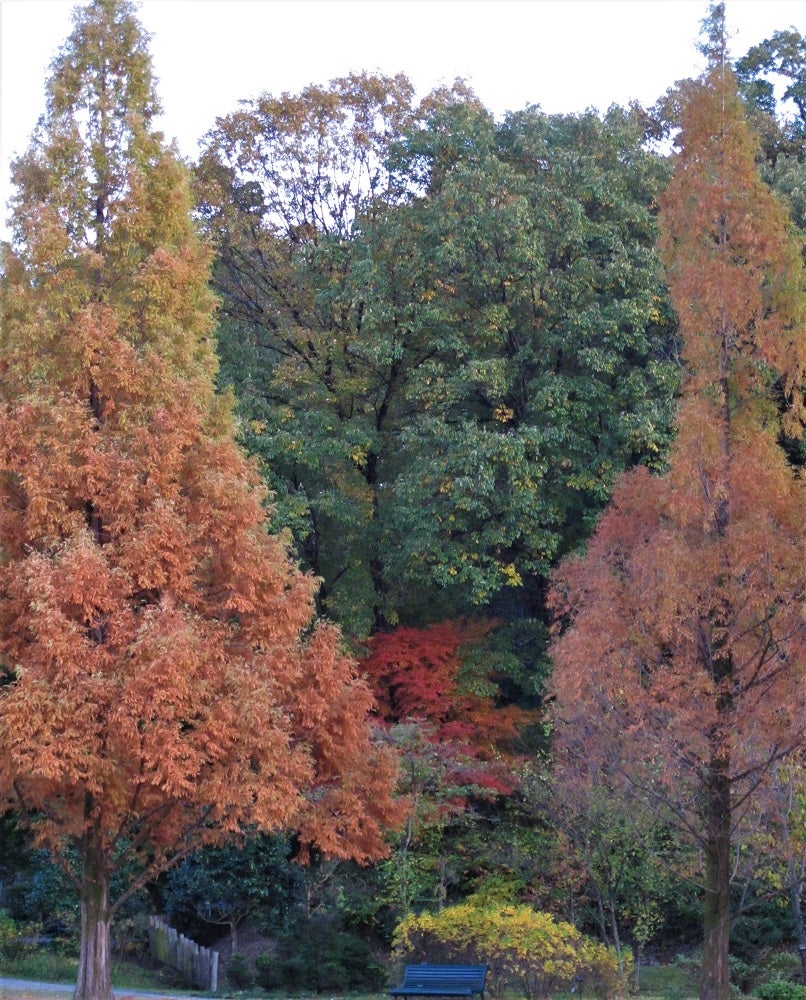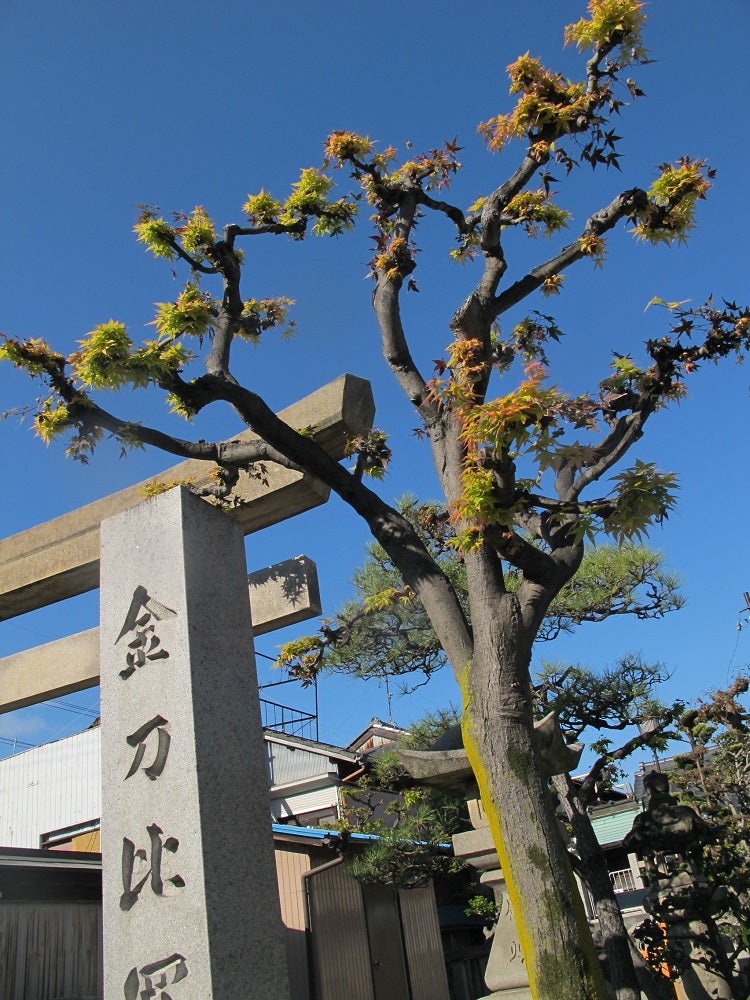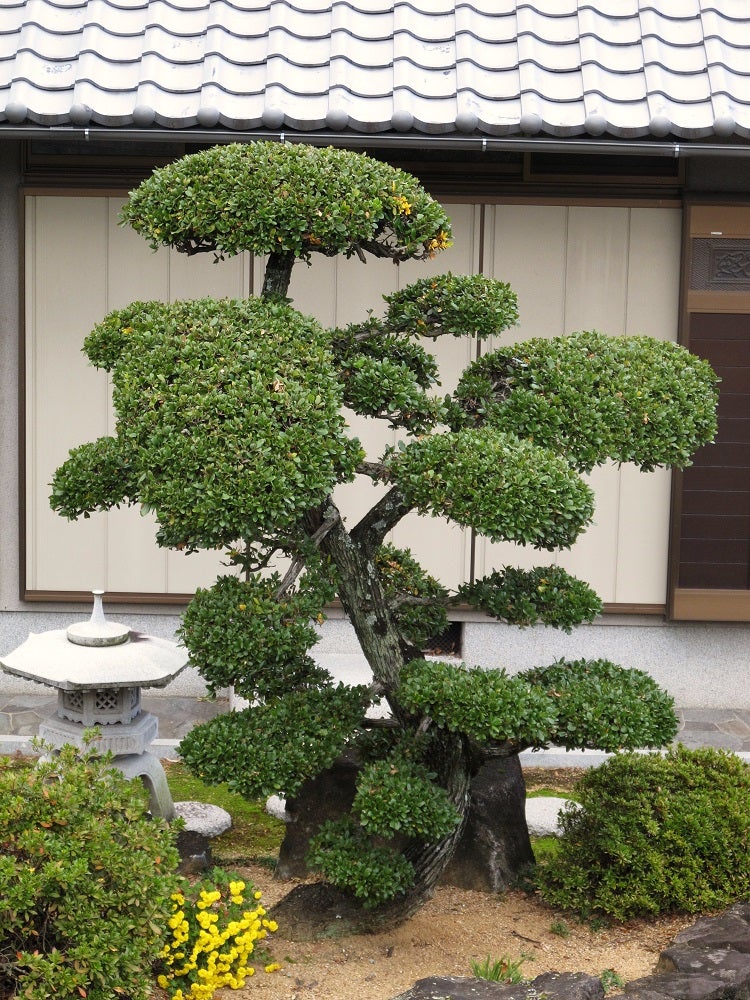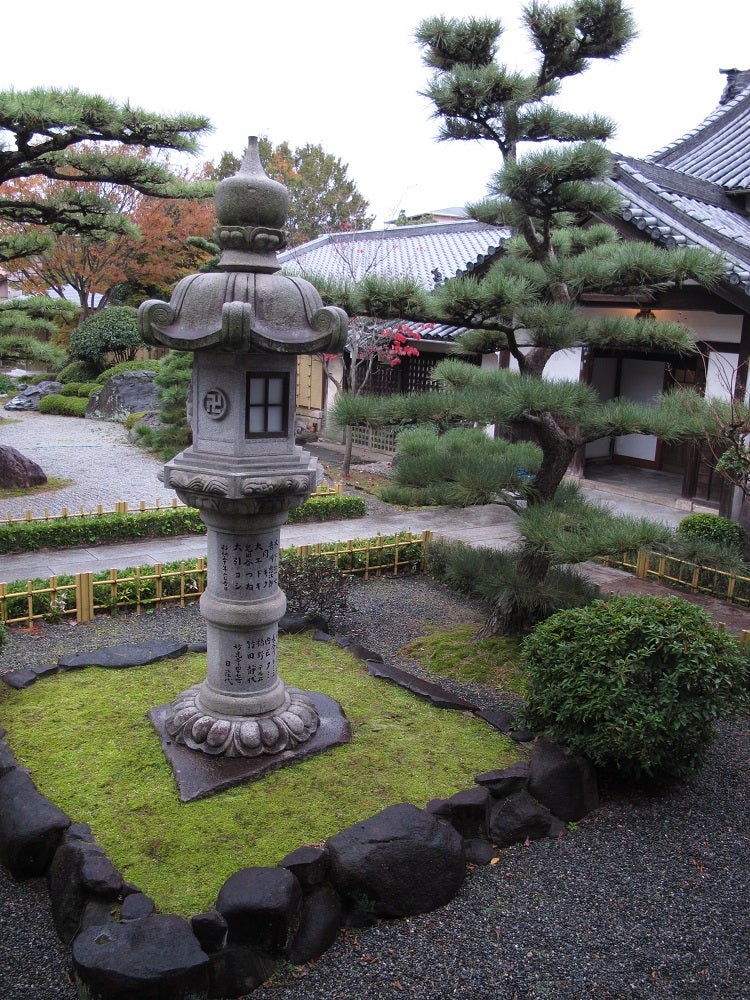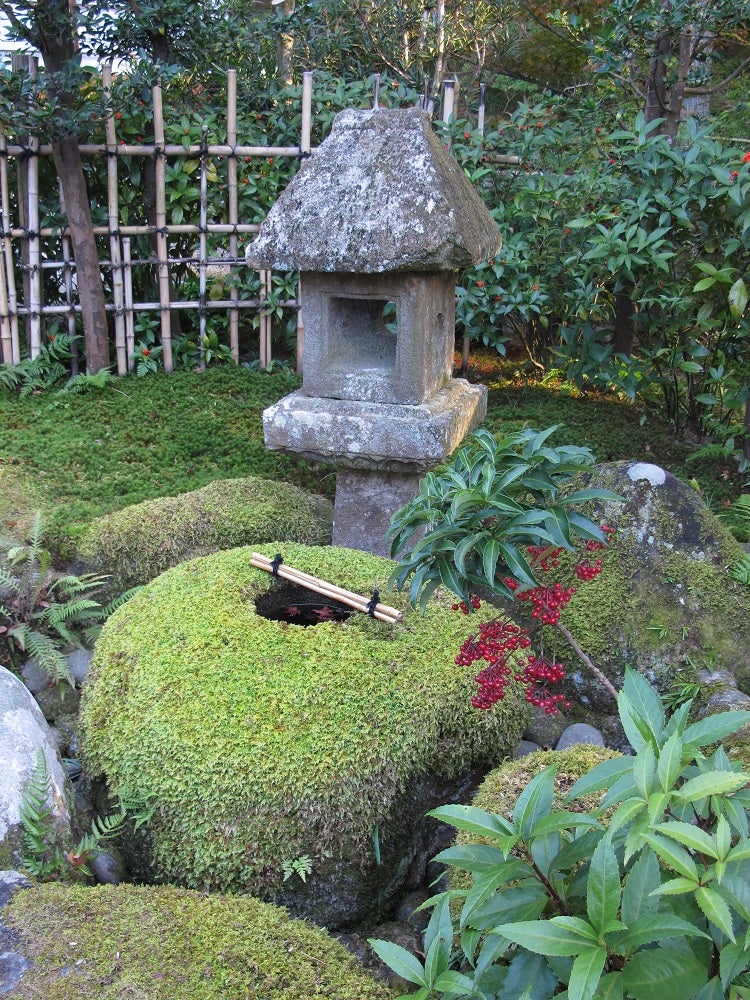A garden style is in its details
Published 7:57 am Sunday, January 23, 2022
|
Getting your Trinity Audio player ready...
|
I have a neighbor who loves pruning potted plants into ancient-looking bonsai shapes. Knowing I studied garden design in Japan, he asked for help in creating a similar garden to create atmosphere around his displays.
He didn’t ask whether or not I think it’s appropriate, what with “cultural appropriation” accusations flying everywhere (I’m of two minds on this). So, I just gave him my list of commonly-grown plants native to Asia but which do quite well in Mississippi’s climate, and directed him to find design inspiration through visiting the impeccable Japanese gardens in the Birmingham and Memphis Botanic Gardens.
The plant part is easy because, other than architecture and style, as far as plants go a walk around my own neighborhood in Fondren could easily be a walk around Kyoto. In spite of our native plant enthusiasts’ hand wringing, something like eighty percent of our landscape plants are from Japan or China.
Oh, we love our native yaupon hollies, southern magnolia, dogwood, redbud, bald cypress, oakleaf hydrangea, palmetto, prickly pear cactus, and summer phlox, Louisiana iris goldenrod, and purple coneflower. All of which, by the way, are now commonly grown all over Japan.
But let’s face it, when someone thinks of a classic Southern landscape, after swooning over our incredible magnolia the first plants they usually gush over are not Southeastern natives. We can probably no longer garden without azaleas, camellias, crape myrtles, hydrangeas, and pink Japanese magnolias, all of which are from Asia, along with wisteria, Japanese maples, nandinas, ginkgo, flowering quince, kerria, spirea, pears, bamboos (many), Japanese persimmon, aucuba, flowering apricot… I can go on and on, but you get it.
And who among us doesn’t have all-to-wall St. Augustine or bermudagrass, groundcovers like Lirope and mondo grass, Asiatic jasmine, and perennially favorite flowers from daffodils and daylilies to hosta, iris, and chrysanthemums (Japan’s national flower)? All from Asia.
And we love them. Besides, it isn’t the plants that make a garden Mississippi, Japanese, or English! It’s the style. The layout, the materials, the hard features. Gates, walls, walks, arbors, seating, and ornamentation are what conjure a cultural effect.
A typical Japanese garden will have plants arranged along meandering paths, a small pond or lake with a fanciful or zig-zag bridge, an expanse of carefully raked gravel, some standing stones to represent mountains, plus a few highly stylized “hard” features such as a stone pagoda lantern, pair of mythical “temple dog” statues… these are all heavily used in even the smallest gardens I have visited in Japan.
Oh, and there will usually be carefully-shaped bonsai plants displayed on pedestals, with the highest honors (koten engei) given to the most bizarre specimen; poodle-cut “floating cloud” junipers; and pollarded trees. The latter is called kobushishitate or “fist pruning” in Japanese; it is an ancient style that only Southern Living and Master Gardeners, in a culturally- misinformed fit of stylistic arrogance, dare call “crape murder.”
I’m starting to feel like I’m overdoing it here, turning ancient, highly symbolic, carefully cultivated icons into cliches, which is certainly not my intention. But isn’t that what we do, when we copy from other cultures?
Having lived and gardened for many years now in England, and having visited countless fairytale landscapes, private and botanic gardens, and flower shows, it would seem like I could pull off an English style cottage garden in Jackson. But I don’t even try, instead just trying to tend what I like in ways that suit me, with room left for me to wander around.
It’s my Mississippi garden, using plants from all over, with a just nod to other cultures.
Felder Rushing is a Mississippi author, columnist, and host of the “Gestalt Gardener” on MPB Think Radio. Email gardening questions to rushingfelder@yahoo.com.


